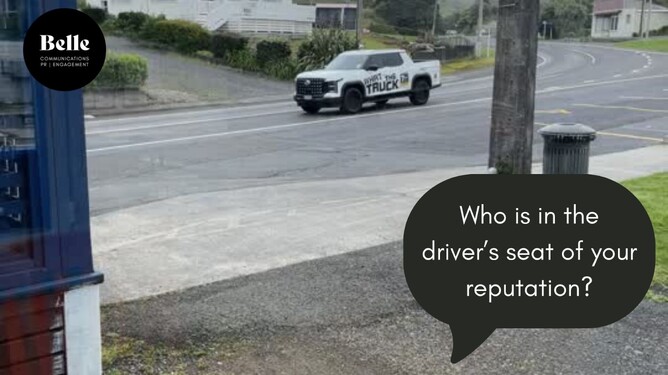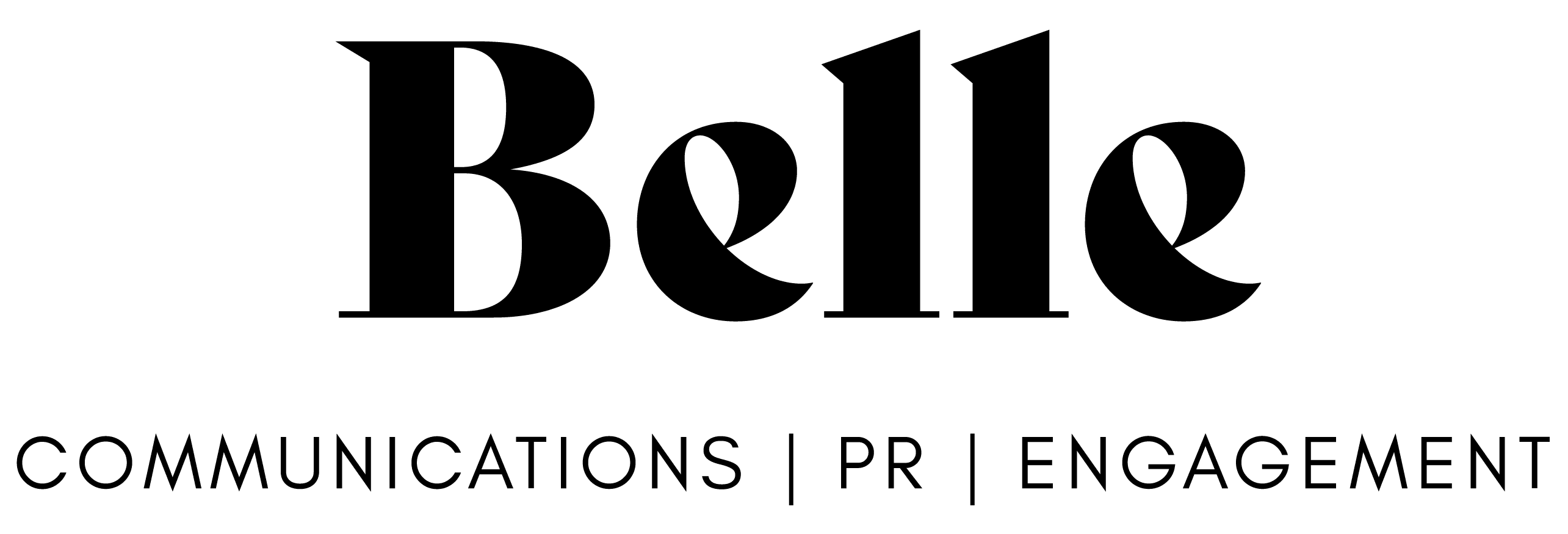This past weekend, my family and I were winding our way back from New Plymouth, navigating the notoriously twisty roads heading north over Mt Messenger on SH3 toward Mokau. If you know the route, you know it’s not for the faint-hearted or the heavy-footed. That’s when a signwritten vehicle with “What the Truck” campaign messaging (fitting for the situation!) came flying past us, driving like an absolute knob, taking corners dangerously and putting not only them and their passenger at risk, but more importantly, the poor oncoming traffic.
About 20 kilometres later, we saw them pulled over by the police. Justice, perhaps. It got a good laugh out of Tim.
But here’s the real issue. The fine they’ll receive is nothing compared to the reputational damage they’ve just inflicted on their brand and their "What the Truck" campaign.
And it’s certainly not an isolated incident. A couple months ago, we saw a J Swap truck overtaking dangerously on the Kaimai descent go viral on social media. Remember that one? Again, heavily branded, bold, and now burned into the memory of every driver/farmer who saw photos and videos of it. You're probably recalling other incidents you've seen on the road as you read this.
The lesson here is this: When your brand is everywhere, so is your reputation
When your brand is out in the universe, on vehicles, uniforms, email signatures, social media bios, or even coffee cups, your staff become walking (or driving) ambassadors. That’s a powerful thing when done well. But when it goes wrong? It’s instant, viral, and often unforgettable.
In the age of dashcams, community Facebook groups, Instagram stories and TikTok callouts, it takes just one moment of poor judgment to undo years of brand-building. And the public doesn’t separate the person from the brand; they are the brand in that moment.
So, what can businesses do? Here’s some practical advice.
First, make sure your team understands that they represent your brand at all times. Set clear expectations for behaviour in public spaces, including driving, social media use, and customer interactions. Make it part of your culture, not just a policy.
If something does go wrong, respond quickly and transparently. A sincere apology and a commitment to do better can go a long way in repairing trust. As always, make sure your apology is authentic!
When your team does something great, it's important to share it. Positive stories build brand equity and reinforce the behaviour you want to see.
Lastly, it's good to have a think before you signwrite your vehicles. If you or your team are not up to scratch on representing your brand well, maybe hold off on the vehicle wrap.
Your brand is only as strong as the people who carry it. So before you slap your logo on a ute or a hoodie, ask yourself: Would I trust this person to be the face of my business at 120km/h on a blind corner near Mokau?
If the answer is no, it’s time for a chat.

